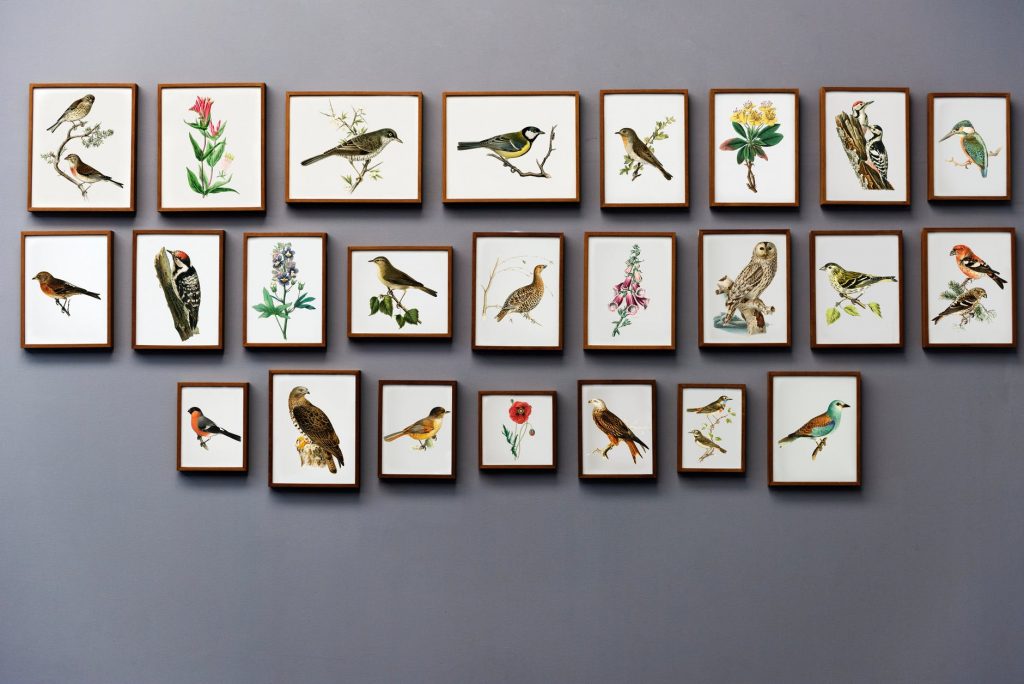Why Art and Design is so Appealing

You know it when you see it — a famous definition of pornography has once been associated to great design by Gary Hamel, a management expert. Design is a visual representation of an idea and the imagination. Brain scan studies reveal that part of the motor cerebellum that governs hand movement is triggered when you see something attractive. Instinctively, we reach out for beautiful things.
Mr. Hamel mentions that though we are not exactly sure why, people are drawn to a good design, whether it is in a display showcase or a table setting.
However, this is starting to change. Scientific studies are being done to explain why humans are enticed and engaged.

Consider color for example. German researchers have concluded that creativity and motivation are enhanced when welook at shades of green. Since we know lush hues promise nourishment, our brains associate it with food-bearing food and sustenance.
Research shows that window views with scenery can hasten patient recovery rate, help learning in classrooms and stimulate productivity at work. Recent studies done on call center employees imply that workers who has an outdoor view are 7% more efficient than those enclosed, thus allowing the company to save $3000 per employee annually.
This effect has also been proven even with wall painting or walls that showcase outdoor views. Companies have been trying to find out what stimulates employees. It turns out only a little color or mural was necessary. Providing a great work atmosphere is a great investment to maximize productivity.
Geometrical layout leads to similar revelations. For thousands of years, the unique properties of the golden rectangle have awed humans. Great and learned men have marveled at the “infinite spiral effect”: subtract a square from a golden rectangle, and what remains is another golden rectangle, and so on and so on. These intrinsic proportions are common in the things we see everyday such as books, TV set and even credit cards. They also provide the fundamental structure of some historical exterior and interior design: the facades of the Parthenon and Notre Dame, the face of the “Mona Lisa,” the Stradivarius violin and the original iPod.
Scientists have been baffled why people invariably prefer images in these proportions. Experiments performed over the past century have yet to explain this phenomenon.
Certain patterns such as natural fractals also have universal appeal. We are unknowingly drawn to irregular, self similar geometry, patterns that can occur naturally like on leaf veins and even in our own lungs, and it will forever be replicated through decoration and design. Researchers found out that a certain mathematical density of fractals — not too thick, not too sparse, is more attractive to most people. As a biologist once said, beauty is in the genes of the beholder — home is where the genome is.
Great designs are usually associated with art displayed on museum showcases instead of extensive research and studies. However, our world is visual, people nowadays are meticulous in their choices, they want beauty with quality. That is why designers need to understand more about the mathematics of attraction and incorporate the ingredients of art. Ultimately, designs simultaneously embrace desires and constraints and connect everyone.
